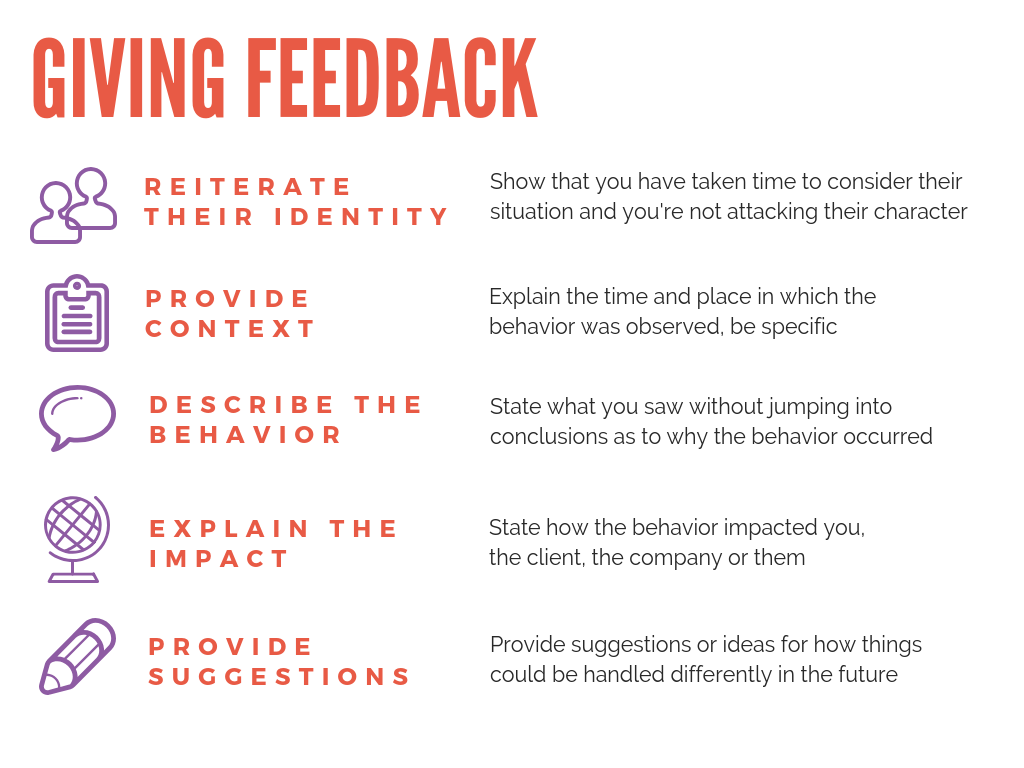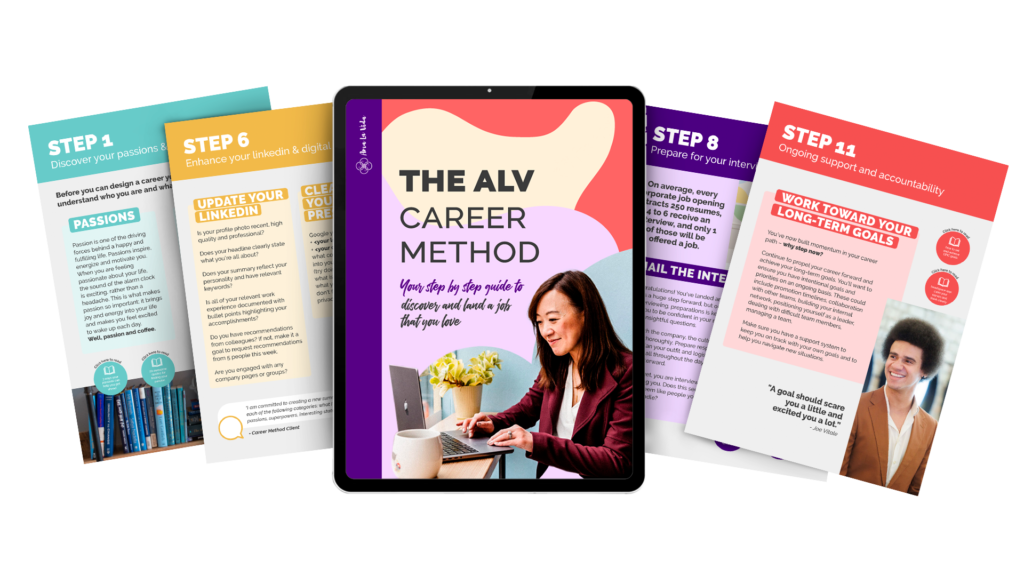How To Give Effective Feedback (And Why It Matters)

Working for Ama La Vida, a coaching company, I was bound to pick up some coaching skills of my own. Even though I’m not coaching clients myself, the environment is what we like to call a “coaching culture”. This means that coaching and development is a critical component of how we operate as an organization. So I thought it would be a good idea to talk about how to give effective feedback!
First, I want you to take a second and think about the last time someone gave you feedback…
If you can’t remember, you aren’t alone! 65% of employees say they want more feedback. So why aren’t people giving it as often as they should?
- It can be uncomfortable.
- They have a perception that it takes too much time.
- We want to be well-liked.
- We fear retaliation.
- We assume they already know.
- We don’t want to hurt someone’s feelings.
- We just don’t know how!
If you can remember, what kind of feedback was it? Negative? Positive?
When most people think about giving feedback, they think of the negative. They think about it as addressing a problem or issue. Feedback doesn’t all have to be negative, and 69% of employees say they would actually work harder if their efforts were better recognized.
I really love to give positive feedback when someone displayed a behavior I appreciated, maybe they stretched themselves outside of their comfort zone, or they helped out another team member. I also think it’s important to call out times when they are going above and beyond in their role, whether it’s a day, a week, or a month if they are working hard, my advice is to tell them.
If delivered correctly, giving feedback isn’t going to hurt your organization or your team. It’s only going to make your people more engaged, more intentional, and more productive.
The key here is giving effective
feedback, not just any kind of feedback.
So how do you give effective feedback? Well, I am so glad you asked!
Ama La Vida has a 5-step feedback framework that works to ensure the feedback you’re giving is respectful, well rounded, and thorough.

Reiterate their identity.
- When giving feedback, especially negative feedback, it’s important to reinforce and recognize the character of the person before getting into the negative behavior you’re giving feedback on.
- Here is an example of how to start a feedback conversation, “Hey <name>, do you
have a few minutes to chat? I wanted to let you know that I love the way you’re so intentional about engaging with our clients! It really makes them feel valued, appreciated, and heard.” - If you’re giving positive feedback, this could be the end of the conversation. If you need to give someone constructive feedback it’s important to follow the other 4 steps to ensure they walk away from the conversation with clear action steps and no hurt feelings.

Provide context.
- Have you ever received feedback from someone and walked away not knowing what the heck they were talking about? Because, same. It’s important to provide context to the exact situation you’re giving feedback on so there is no ambiguity.
- In our example feedback conversation, the next point could go something like this… “I overheard you in the lunchroom chatting with <other employee name> the other day. You were talking about a situation you encountered with <insert another employee name>.”
- Now that you have provided context, it’s important to move to step 3!

Explain the behavior.
- This is about taking an almost diplomatic approach to the conversation. You want to state what you saw without jumping to conclusions as to why it occurred. The goal is, to tell the truth, and nothing but it.
- It could sound something like this… “You were speaking really negatively towards an amazing project they are working on.”
- Clear cut, no fluffy, no self-imposed opinions or views, just the facts. Then you move on to explain why it matters.

Explain the impact.
- This is where learning how to give effective feedback starts to become tactical. You want to explain the impact the behavior had on yourself, the people around, potentially the client depending on the situation, and the company as a whole.
- This step is important because when referring to behaviors around company culture you’re either adding to it or destroying it. You want to make the person aware of the impact they are making.
- In our example conversation it may sound like this… “Our company values collaboration and that really hurt me to know you talk about your co-workers like that behind their back. <Co-worker name> heard and it really affected their confidence regarding their ability to complete the project. It’s now going to miss the deadline and our client won’t be exceptionally pleased.”
- Moving into step 5 is where our framework is set apart from others. This is where the rubber meets the road!

Provide suggestions.
- Most feedback falls apart when people just explain a situation or behavior they don’t like. It’s really important to provide a suggestion or ideas for how this could be handled differently moving forward.
- Stating that you don’t like something isn’t helpful to someone unless you tell them what you do like. So, in our example situation here are a few great suggestions for the future… “Next time you’re feeling this way, I would love if you talked to me or <other manager name> about it so we can come up with a way to express your ideas to <co-worker name> without hurting their feelings.”

Overall, it’s important to remember that feedback doesn’t have to be overly formal, and it doesn’t have to be negative. It can be informal and positive feedback can be just as impactful as negative if used correctly.
This week I challenge you to think about someone you need to give feedback to and use this model to do it. Pay attention to the way the conversation shifts when you’re less focused on what went wrong and more focused on ways to make it better in the future.
Download our feedback framework graphic by clicking here.








